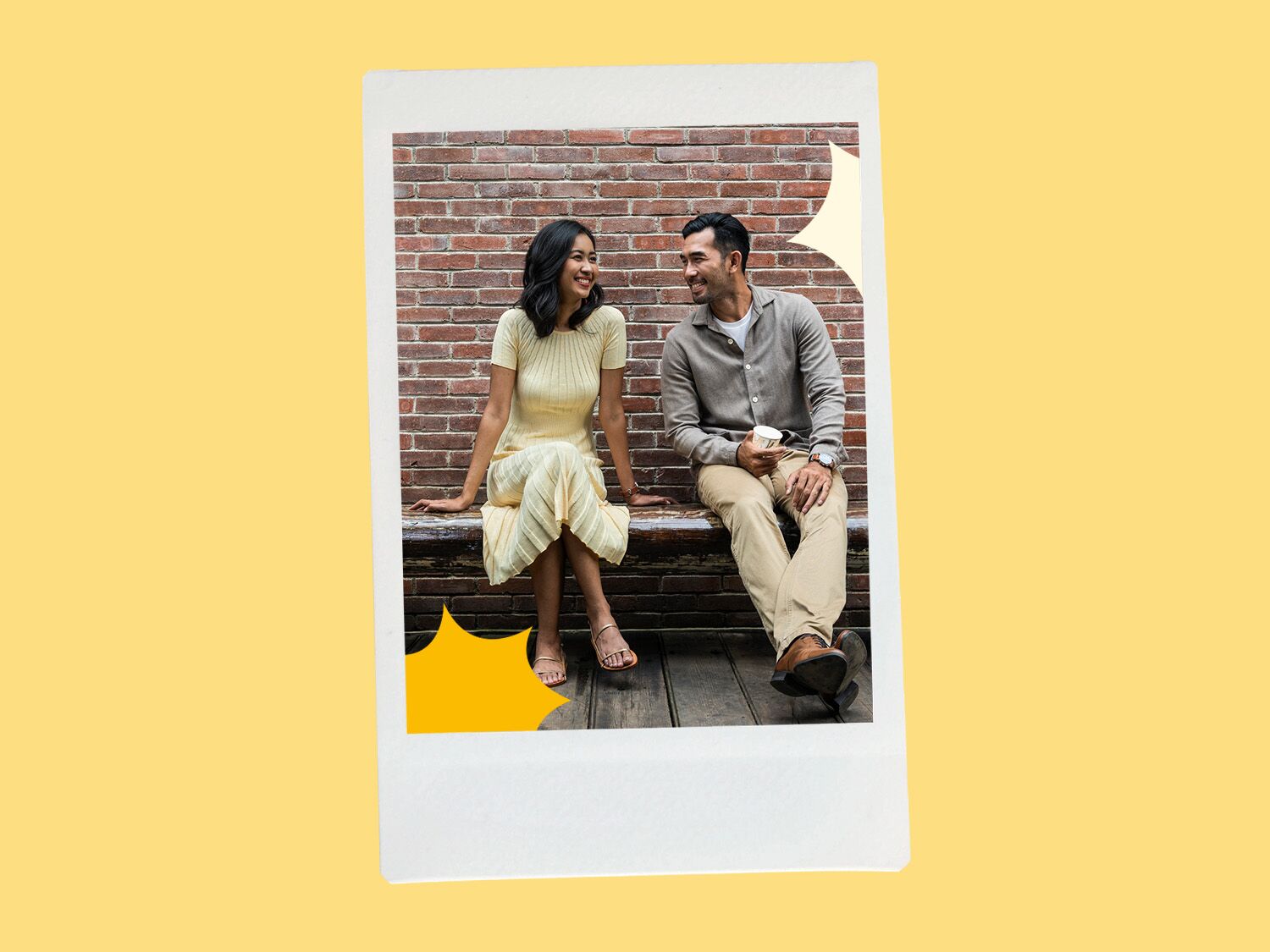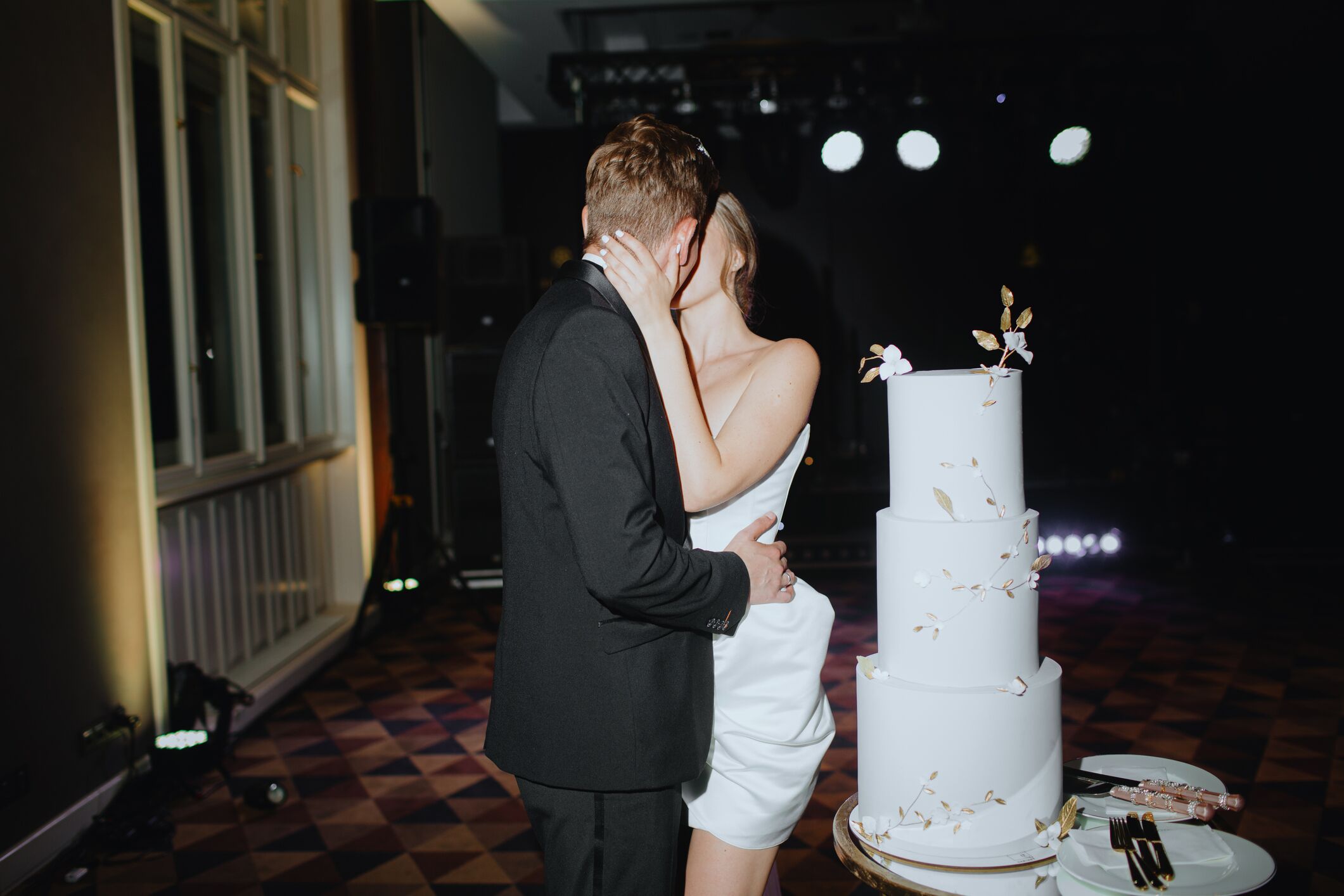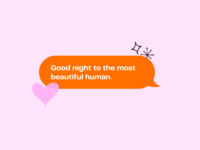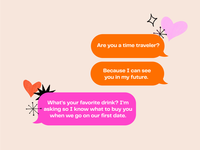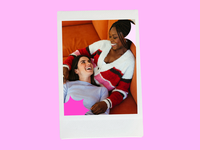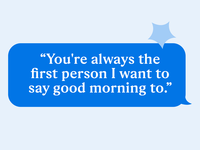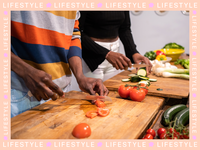What Every Type of Hug Actually Says About You and Your Relationship
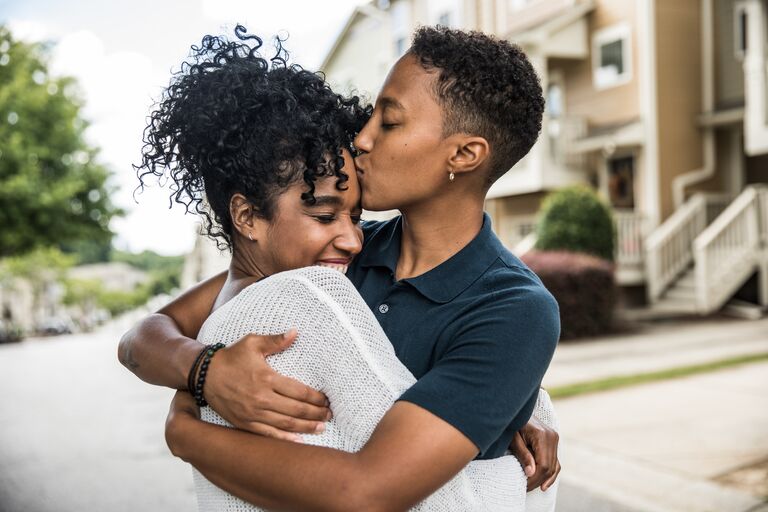
Is there any type of physical touch that can convey a whole range of emotion, types of love, affection and closeness quite like hugs? The only downside is, since they're so common, they can be hard to read. After all, different types of hugs can convey different meanings.
Whether you're envisioning passionate romantic hugs, friendly squeezes or acts of comfort, hugs create strong bonds and demonstrate intimacy between individuals. These embraces are so powerful and universal, even primates cuddle.
For the lowdown on interpreting this staple of nonverbal communication, we spoke with three experts. Liam Barnett is a dating and relationship expert and coach and the founder of DatingZest.com; Kristi D. Price is a certified matchmaker, dating and success mindset coach and founder of KP Matchmaking; and Alix Agar is a licensed marriage and family therapist and a sex and relationship coach.
The Different Types of Hugs
Each type of hug has its own meaning and intention, Price explains. Here's a guide to the most common types of hugs, including how to parse them.
1. Bear
Imagine two friends who haven't seen each other in years meeting up in person. The second they get close, they share a tight, full-body embrace. Sometimes lasting for several seconds, this type of hug might even be accompanied by happy tears.
Often used by close friends and family members, a bear hug can communicate comfort, support or celebration, details Price. "It often signifies the depth of connection between two people and can make the other person feel safe," adds Agar.
2. Romantic Hug
Here, two lovers seem to melt into each other. They stare into each other's eyes, then fall into a long, tight embrace with their pelvises pressed together and their arms fully wrapped around each other. Sometimes, there's additional touching, like rubbing the back or kissing the neck.
If you're in a relationship, aim for more of these types of hugs, counsels Barnett. And Agar agrees, citing a study conducted by the University of California, Los Angeles, which found that hugging and other touching correlates with better communication among people in relationships.
3. Side Hug
Typically given from the side, this hug involves placing one arm around the other person's shoulders. An abbreviated version of a bear hug, as Agar describes it, it's often used between acquaintances or in situations where a full hug might be inappropriate.
4. Back Hug
When a lover comes up behind their partner and wraps their arms around their waist, this gesture is known as a back hug. "It signifies intimacy and affection, with the person giving the hug showing great love and care for the other person," explains Agar, who adds that the playful and flirty embrace is great for lovers.
Since this type of embrace can take the other person by surprise, it's best given only by romantic partners and close family members.
5. Group Hug
From a softball team celebrating a win with the members wrapping their arms around each other, to the entire wedding party becoming one on the dance floor—this hug between three or more people is a symbol of unity and a shared bond. It is usually given after a significant accomplishment or moment of happiness, says Agar, with group hugs tending to be spontaneous and triumphant.
6. Quick Hug
Imagine business associates at a networking event or acquaintances at a holiday party. These brief, reserved, often polite hugs are characterized by minimal physical contact that doesn't linger. Conveying recognition, appreciation or courtesy, they can help break down social barriers, especially when people are meeting for the first time, says Agar. Of all the types of hugs, these are arguably the least meaningful and the most ritualized.
7. Long-Distance Hug
Think back to the height of the pandemic—when so many of us communicated entirely through virtual platforms. To convey affection, we'd act out a hug, says Price. When we live far from those we care about or are in long-distance relationships, we must rely on this type of long-distance hug, which can look like anything from a series of loved-up emojis to online quality time.
How Many Hugs We Need a Day
The benefits of hugging are numerous, boosting both our health and relationships. This is because, as Agar explains, our bodies release the "feel-good" hormones, oxytocin, serotonin and dopamine when we hug. Oxytocin is particularly powerful: Commonly known as the "love hormone," it helps us bond with others and feel less stressed. Research suggests that four hugs a day can help maintain healthy levels of oxytocin, which can contribute to less anxiety and increased feelings of happiness, love and trust, she adds.
For even more benefits, though, Barnett personally recommends eight hugs or more per day. Cuddle up that frequently and you may experience a "tremendously positive impact on your emotional state and mood," he says.
Still, don't feel pressure to hit a specific number, counsels Agar. Due to factors like age, culture, personal preferences and intimacy boundaries, everyone is different.

